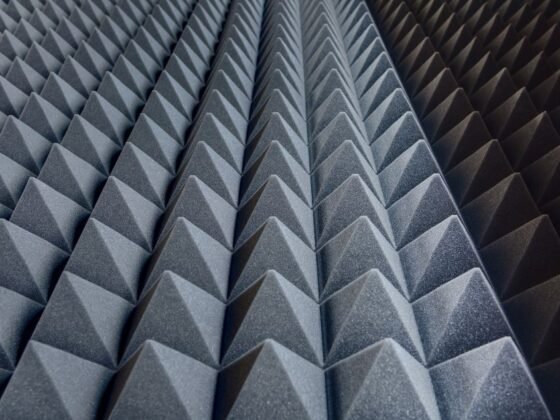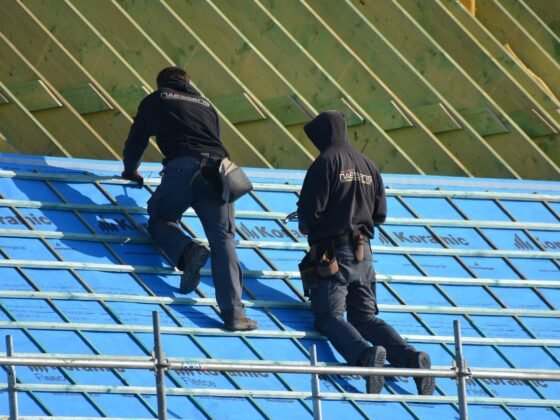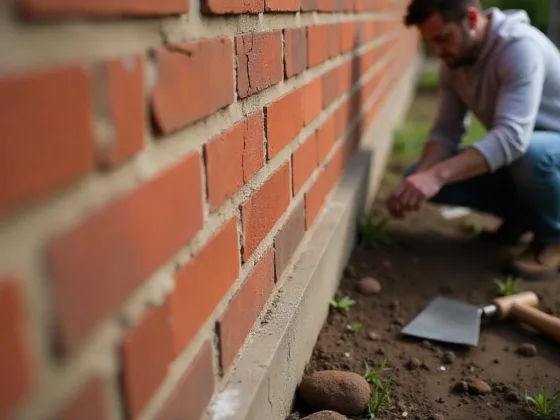Table of Contents Show
Selling a house is a journey filled with decisions, but selling a fire-damaged property? That’s a whole different ball game. When I was faced with the dilemma, How do I sell my fire-damaged house? I learned valuable lessons about the real estate market, resilience, and the art of selling a home touched by fire.
From the ashes of this personal disaster, my experience became a beacon for others in similar situations. Let me share my story with you, and maybe, just maybe, it’ll light your way too, especially if you’re pondering, How can I sell my fire damaged house successfully?
Understanding the Challenges of a Fire-Damaged House
The Reality of Fire Damage Real Estate
When fire strikes, it leaves more than just physical damage; it alters the very essence of your property. The market for fire-damaged real estate is unique – buyers are scarce, and the value of your property is not just in its bricks and mortar but in its potential for restoration.
Navigating this niche market requires understanding its dynamics and being prepared for a different selling experience.
Assessing Fire Damage Property Value
How do you put a price on a property that has been through a fire? This was one of the first hurdles. The value of a fire-damaged house isn’t just in what’s left standing; it’s also in what can be rebuilt. It’s a delicate balance between the cost of repairs and the market’s perception of fire-damaged property.
Read Also:
Overcoming Challenges in Selling Fire-Damaged Homes
Selling a home that’s been kissed by flames means facing questions and concerns head-on. It’s not just about finding someone willing to take on a project; it’s about convincing them of the value beneath the soot and ash. Every crack and charred beam tells a story, and your job is to rewrite that narrative into one of potential and hope.
Preparing to Sell Your Fire-Damaged Property
Strategies for Selling a Burnt House
First things first, you need a plan. How do you present a house that’s seen better days? It starts with honesty and a clear vision. You have to help potential buyers see beyond the damage to the home that once was and could be again. It’s about painting a picture of possibility.
Renovating a Fire Damaged House for Sale
Renovation is a powerful tool. Even minimal repairs can significantly impact how your property is perceived. Addressing structural issues and cosmetic damage not only increases your home’s marketability but also its value. It’s about showing what’s possible, not just what is.
Disclosing Fire Damage When Selling a House
Transparency is key. Disclosing the extent of fire damage and any repairs done is not just a legal requirement; it builds trust. Buyers need to know exactly what they’re stepping into – no surprises, just the truth about the state of your property.
Marketing Your Fire-Damaged Home
How to Market Fire-Damaged Homes Effectively
Marketing a fire-damaged home is an art. You’re not just selling a structure; you’re selling potential. Highlight the strengths of your property, be it the location, the land, or the unique opportunities it presents for renovation. Use compelling visuals and narratives to show what this house could become with a little love and investment.
Utilizing Real Estate Tips for Fire Damage
Real estate is all about strategy, especially when dealing with fire damage. Seek advice from professionals who have experience in this niche market. They can provide invaluable tips on pricing, marketing, and negotiating that are specific to fire-damaged properties.
Marketing a House with Fire History
Embrace the history of your house, even the fire part. Sometimes, the story behind a property can be its biggest selling point. A house that has been restored after a fire can be marketed as not just a building but a symbol of resilience and renewal.
Setting the Right Price
Tips for Pricing a Fire-Damaged Home
Pricing a fire-damaged home can feel like walking a tightrope. You need to balance the cost of damages against the potential value post-repair. Conduct thorough market research and consider getting a professional valuation to ensure your price is competitive yet fair.
Understanding the Burnt Property Market
The market for burnt properties is unique. It often attracts investors and builders looking for a project. Understanding the mindset and needs of these potential buyers can help you set a price that appeals to them while ensuring you don’t sell yourself short.
Navigating the Sale Process
Legal Considerations in Selling Fire-Damaged Property
Navigating the legal landscape of selling a fire-damaged property is crucial. Ensure all necessary disclosures are made and that you comply with local regulations regarding property sales. Consulting with a real estate attorney can save you from potential legal pitfalls.
Insurance Claims for Fire-Damaged Homes Sales
Dealing with insurance claims can be complex, but it’s a crucial part of the process. Ensure you’ve settled all claims related to the fire damage before listing your property. This clarity can make the sale smoother and more transparent for buyers.
Key Considerations When Selling Fire Damaged Real Estate
Be prepared for a longer sales process and possibly more negotiations. Buyers will have questions and may request additional inspections. Patience and preparedness are your best allies in these situations.
Closing the Deal
Tips to Sell Burnt House Effectively
Closing the deal on a fire-damaged house requires a blend of patience and strategy. Be ready for negotiations and have all your documentation in order. Highlight the work done post-damage and the potential for future renovation. This can reassure buyers that they’re making a wise investment.
Real Estate Advice for Fire-Damaged Homes
In the final stages, expert real estate advice is invaluable. A skilled agent can help navigate last-minute hiccups and ensure that the deal closes smoothly. Their expertise can be the difference between a successful sale and a deal falling through.
Finalizing the Fire Disaster Home Sale
Finalizing the sale means dotting the I’s and crossing the T’s. Ensure all legal and financial transactions are completed accurately. Celebrate this achievement – selling a fire-damaged home is no small feat!
Insights and Lessons Learned
Real Estate Market Trends for Fire-Damaged Homes
Throughout my journey, I learned that the market for fire-damaged homes is ever-evolving. Staying abreast of current trends and market conditions can significantly impact your selling experience. These trends can guide your decisions from pricing to marketing strategies.
Maximizing Value of Fire-Damaged House
The key to maximizing the value of a fire-damaged house lies in understanding its potential. Small improvements, strategic marketing, and correct pricing can all elevate the perceived value of your property in the eyes of potential buyers.
Personal Reflections and Advice
Selling my fire-damaged house was a journey filled with challenges and learning. My biggest takeaway? Resilience. With the right approach, patience, and guidance, you can turn a seemingly bleak situation into a successful venture. Remember, it’s not just about selling a property; it’s about selling a future.
Conclusion
Selling a fire-damaged house is a unique journey that tests your resilience, creativity, and patience. It’s about more than just real estate; it’s a learning experience that offers insights into the market, human nature, and the art of negotiation.
With the right mindset, strategy, and support, you can turn a fire-damaged property into a successful sale. Remember, every challenge is an opportunity in disguise.
FAQs
[saswp_tiny_multiple_faq headline-0=”h5″ question-0=”How long does it typically take to sell a fire-damaged house?” answer-0=”The time frame can vary significantly depending on the extent of the damage, market conditions, and how well the property is marketed.” image-0=”” headline-1=”h5″ question-1=”Should I renovate my fire-damaged house before selling it?” answer-1=”Minor renovations can significantly increase the appeal of your property, but it’s important to balance the cost of repairs against the potential increase in sale price.” image-1=”” headline-2=”h5″ question-2=”How do I price my fire-damaged property?” answer-2=”Pricing should take into account the cost of damage, the potential for renovation, and current market trends. Consulting with a real estate expert is advisable.” image-2=”” headline-3=”h5″ question-3=”What are the key legal considerations when selling a fire-damaged property?” answer-3=”Key legal considerations include ensuring all necessary disclosures about the damage and repairs are made and complying with local property sale regulations.” image-3=”” headline-4=”h5″ question-4=”Can selling a fire-damaged house be profitable?” answer-4=”Yes, it can be profitable, especially if the property is marketed well and priced correctly, considering its potential post-repair.” image-4=”” count=”5″ html=”true”]










